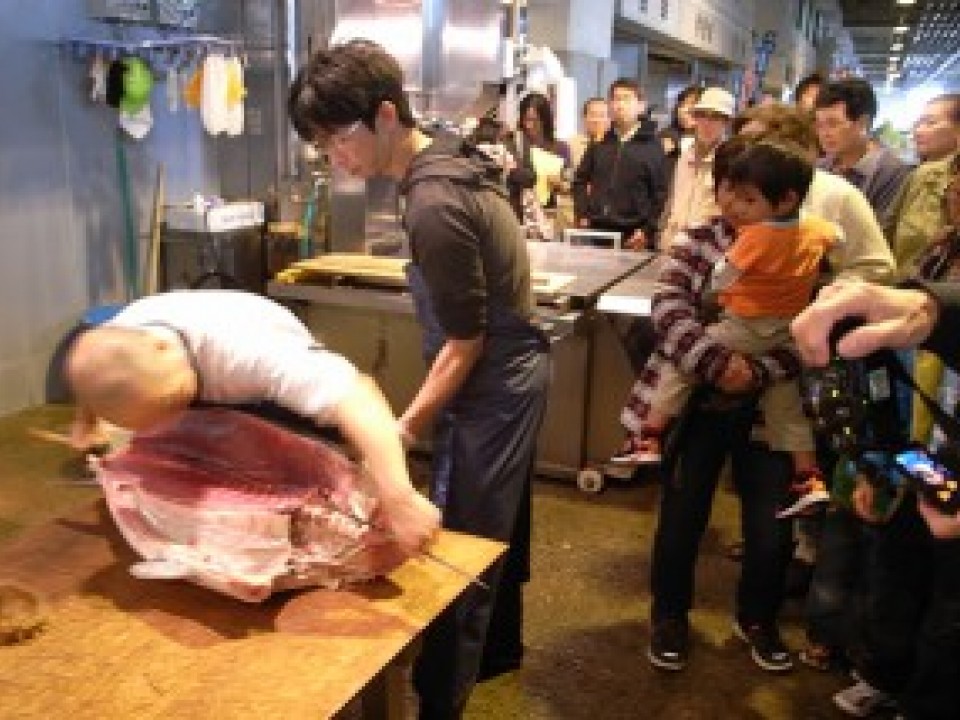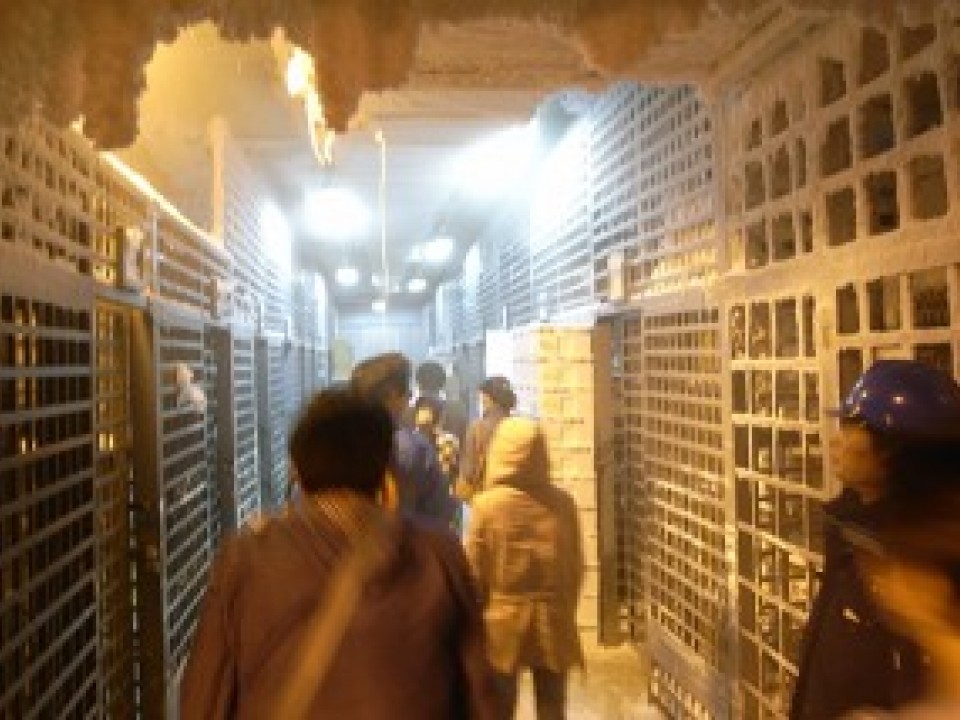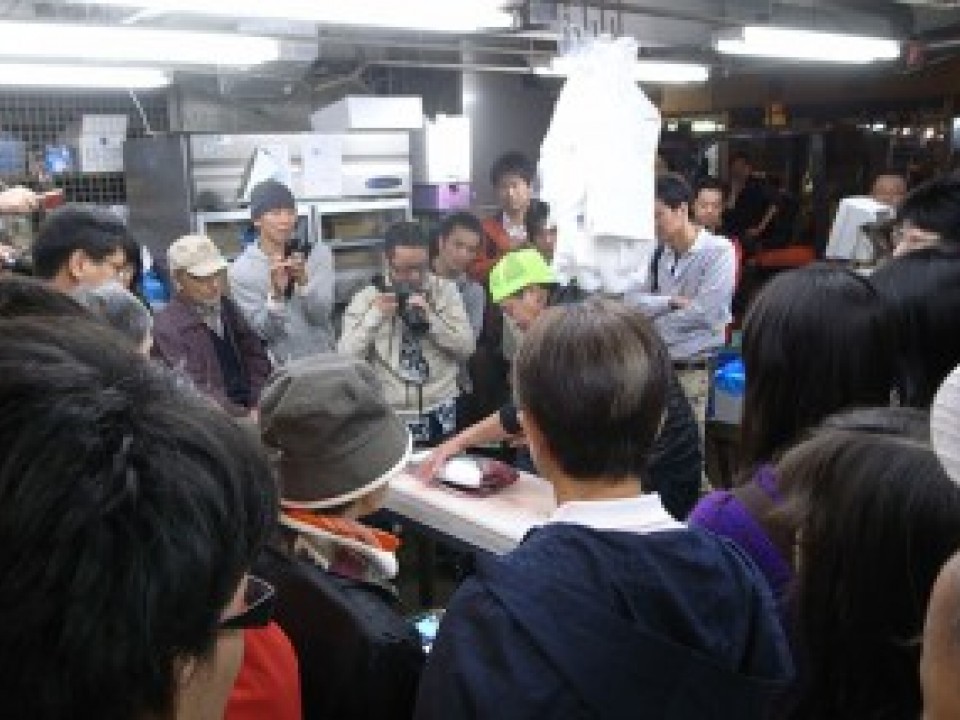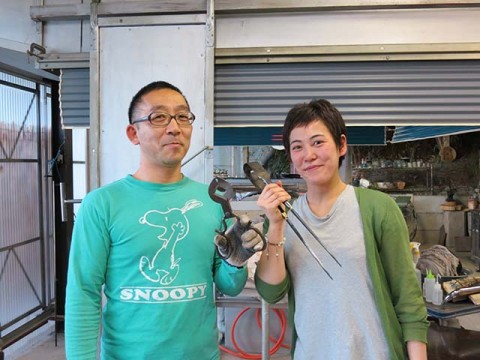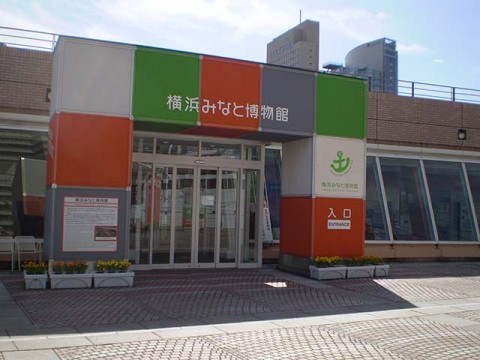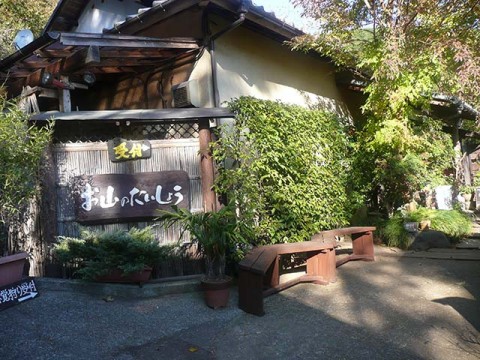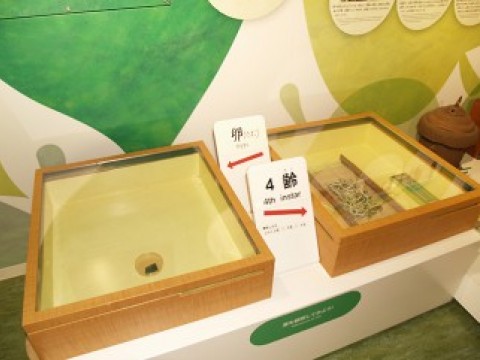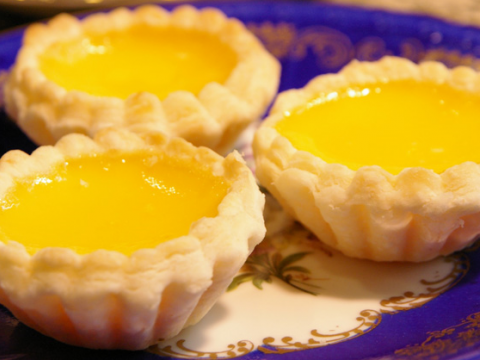Enjoy the Yokohama Market, heaven for fish lovers, in a more delicious way
Visiting the wholesale market used by professional suppliers
When we think of the Marine Products Division of the Yokohama Market, we imagine the intermediate wholesalers, true professionals in the world of fish, all lined up, with other professionals in the world of fish—the fish mongers and the sushi shop owners—coming to purchase their wares. Normally we non-professionals are not allowed in to where the professionals gather.
However, from 9:00 to 11:00 on the first and third Saturdays of every month, the Yokohama Market is open to the public, under the title, “Let’s enjoy the Yokohama Market!” Did you know that? This is said to be part of the efforts by the Marine Products Division to popularize the eating of fish. So what actually takes place there? There is no way to know but to go and see for ourselves.
It all takes place at the Marine Products Division in the main section of the Yokohama Market, a ten-minute bus ride or roughly twenty-minute walk from Yokohama station. As you come through the main entrance, you will see staff handing out informational fliers, so be sure to take one. The fliers indicate the day’s events and their times along with a map showing where they will take place.
First, I went to see the Market’s attached wing, which is on the right as you come through the main entrance. In the attached wing you will find various shops lined up, including the food courts where the Market workers eat as well as shops selling dried laver, foods boiled in sweetened soy sauce, cooking utensils, and packaging materials. I took a look around all the shops, thinking of which restaurant I would visit after finishing my coverage of this event. Next to the attached wing, the professional association of the businesses in the attached wing were selling fresh produce.
I then moved to the shops of the intermediate wholesalers, where arrays of delicious-looking marine products were all lined up (Photo 1). On this day entire cutlass fish were 400 yen each and large plates of bigeye tuna from the gills down were 500 yen. I think you would agree that these are very reasonable prices. Just as I was thinking there were a great many people enjoying shopping here, I saw a tuna frozen rock hard being sectioned off with an electric saw (Photo 2). This too is the kind of thing that you can only see at a wholesale market.
In the very center of the intermediate wholesalers’ wing, fish market soup was being handed out to the first 300 people free of charge. Today the soup was a piping hot fish market version of oden stew. Everyone was eating it in a way that showed they truly enjoyed the hot and tasty food. In summer it seems that instead of handing out fish market soup, they give out small gifts.
A must-see! A splendid show on cutting up a tuna
As I was doing this, the time approached for the show in which a tuna is cut up into sections. When I went to the spot where the cutting up would take place, I saw that an incredibly sharp-looking knife had been prepared, with a blade longer than the height of a child. I really wouldn’t want to go near a knife like that. The people in the gallery were all excited from even before the show began. A very plump tuna soon arrived, weighing more than 60kg. The old man who had carried it in remarked, “It’s even heavier than I am.”
The show in which the tuna would be cut up into pieces then began. The head was tenaciously cut off first (Photo 0). As they were showing the head, which was larger than a child’s head, to the people in the gallery, a cut was made between the back and the stomach of the now-beheaded tuna. Then it emerged—a knife like a samurai sword with a blade perhaps 150cm in length. Splitting the back from the stomach in one stroke, upon reaching the backbone the carver turned the blade in the direction of the stomach and promptly cut off the flesh at the stomach. In this way, the tuna came to be cut into quarters. The crowd let out a collective “Oh!” when the beautiful stomach flesh was shown to the gallery.
Next, starting from the center of the fish and moving along the backbone, the flesh at the back was cut off (Photo 3). In doing this, one half of the body came to be cut off. The remaining half was turned over to have the bones on the underside, after which the slicing off of the flesh at the back and the stomach was repeated. All that was left atop the cutting board was the backbone. The last step was to scrape painstakingly the flesh from the backbone with a spoon. With that, the show was over.
When the show had finished, the flesh that had just been sliced from the fish was cut into chunks and offered to the people in the gallery. These chunks were themselves quite large. And how was the tuna, you ask? Stunningly fabulous! Naturally! It had plenty of fat and was truly delicious. I half wondered whether it was really all right to partake of such a sumptuous treat.
My first experience in a -40 degree world
Next I participated in a Market expedition. At the designated spot in front of the security guards’ room, quite a large number of people had already gathered. When the time arrived, we set off, led by members of the staff.
First, we went to look at the portable shrines that are kept in the storehouse next to the security guards’ room. After everyone streamed through to pay a visit to the god of the harvest located right next to it, we left the attached wing and headed for the freezer kept at -40 degrees, the main attraction for the expedition. We broke into two groups as not everyone could fit into the freezer at the same time, and the first group crowded onto the elevator.
Alighting from the large commercial elevator, we saw before us a sturdily-built metal door. When the staff, who were clad in cold-weather gear that looked as if it would be warm even in the depths of winter, opened that heavy-looking door, there were strips of plastic hanging from above, two layers thick. We parted the plastic strips and went in. While it was certainly cold, it wasn’t as cold as I had expected. Or so I thought until I realized we were not yet in the freezer. There was still another large door beyond us. When that door opened, it was cold, bitter cold. The air was frigid. We all plunged into a -40 degree world (Photo 4).
This is not just a matter of it being “cold.” Your face tingles from the chilly air and when you exhale, your breath turns immediately to ice. After taking several deep breaths, you feel as if your lungs hurt. “It’s freezing in here” is all you can say. And yet the nervous tension among the group is quite high. Perhaps this is what the South Pole feels like? Looking at the grating that serves as the doors of the storerooms that line both sides of the freezer, the movie The Thing, set at the South Pole, jumps to mind. Give me a break. An alien would never appear in such extreme conditions.
While there was ample time to look around, it is in any event so cold that we were unable to stay for long. We hurried out after just a few minutes. Ahh, the world outside was so warm. And yet, this -40 degree world was a good experience, as something we can enjoy only very rarely.
Returning to the shops of the intermediate wholesalers, I found that a “Workshop on how to clean a fish” had begun in the place where they had been handing out fish market soup a little while before. I was surprised to see so many men among the participants. The staff told me that men usually outnumber women in that workshop by a ratio of about 6 to 4. It would certainly be cool to be able to say, “I can clean a fish. Let me do that for you.”
On this day, they were cleaning horse mackerel. This fish is one that appears on the dining table quite often as it not only tastes good but is also reasonable both in price and in size, so it would be quite convenient if you were able to clean it. The way it is cleaned depends on the way you are going to cook it, and in this workshop it was cut open into a triangle to prepare it for frying. Watching the class, I found that some people were quick to get the hang of it while other men seemed to be somewhat fumbling through it. Despite this, the careful instructions by the teacher enabled everyone to finish with a well-sliced mackerel in the end (Photo 5).
But the day’s events were not over yet.
I rushed to a class held by a “fish master” that was just starting. A gallery of people had already gathered in the booth in the event hall. Right in the middle of the crowd of people was a magnificent bonito that must have been 50cm in length. Just as people who appeared to be related to the workshop started making teasing remarks, saying, “The master is still not here? The bigwigs do things their own way,” the master appeared. The gallery erupted in applause and called out to him.
“Today’s fish is the modori-gatsuo, an early autumn bonito. In the spring, bonito ride the Japan Current north in the Pacific, and in the autumn they return again, heading south….” He started off with an explanation of the modori-gatsuo and gave a lecture that included the speed at which bonito swim and other bits of knowledge on the ecology of the bonito, and showed us the actual bonito as he explained how to pick out the tastiest ones. Next, with knife in hand, he cleaned the bonito superbly with skillful handling as he gave commentary on it. He was truly a master, an epitome of eloquence and competence (Photo 6).
The topics of the fish-related workshops are chosen from the fish that are in season at that time. If you attend each time I expect you could become quite an impressive expert on fish.
For those who like fish, it is a real joy to have such an impressive number of events going on so close to Yokohama station free of charge. Even people who aren’t quite so fond of fish might consider trying some fresh fish that you can only get at the wholesale market. But just watching is also quite enjoyable.
>> Kanagawa Travel Info
http://kanagawa-travel-info.com/english/special_report/1182

Kanagawa P.G.T.D.
Japan

